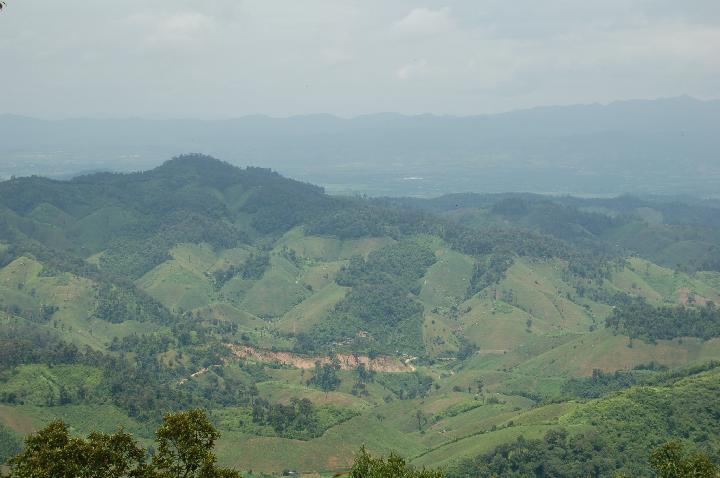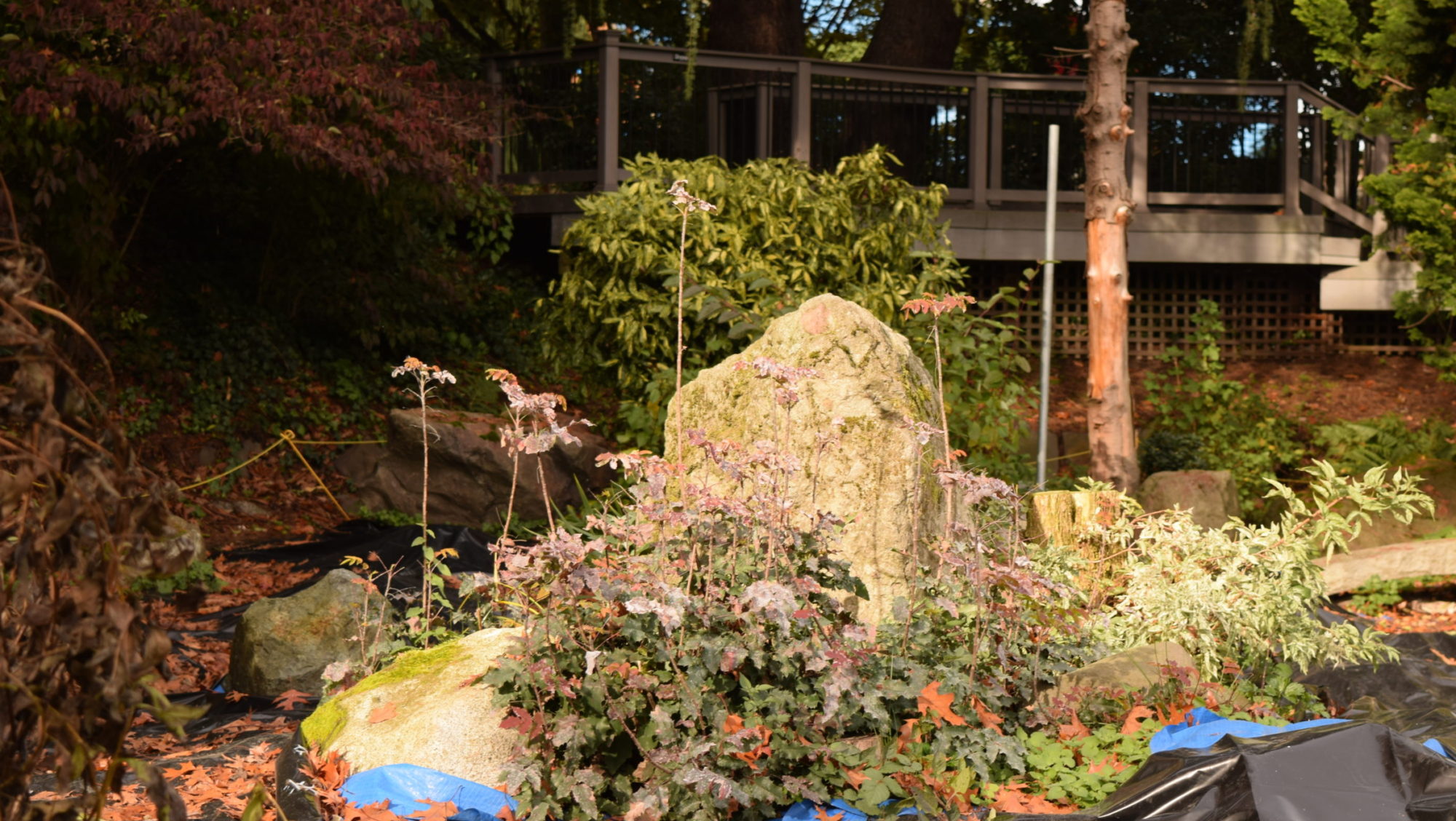
With the dormitory and septic system complete, a Seattle University engineering team returned to Mae Nam Khun in August 2007 to install a drinking water treatment system. Although the treatment system was not part of the original plan, it was a logical step for a holistic project solution. This was particularly evident when the 2006 SU team witnessed large amounts of sediment in the water supply after a recent storm.
Previous investigations in MNK by the California Polytechnic State University at San Luis Obispo found that a 50,000 gallon water reservoir situated approximately 300 feet in elevation above the dormitory area was the source for the water distribution system. The existence of pressurized water and electrical power at the site provided good conditions for a modernized yet sustainable drinking water treatment system.
The System
In March 2007, Seattle University engineering students constructed a prototype water treatment system which was demonstrated at the SU Student Center on Earth Day 2007. The system begins with a spin-down sediment filter which removes particles that are 100-microns in diameter or larger. This filter is self-cleaning as trapped particles can be washed away with a turn of a valve. Next, a washable, nylon filter bag removes particles larger than 50-microns in diameter. This is followed by an activated carbon cartridge (for the removal of pesticides) and finally a washable, 5-micron, pleated-cellulose cartridge filter which is a required treatment step prior to disinfection with ultraviolet light. In the event that distribution system pressure is lost, water can be supplied to the system by a backup submersible pump that can be immersed in a nearby stream.
Implementation
In August 2007, an SU team consisting of faculty (Phil Thompson, Wes Lauer, Pierre Gehlen) and students (Ryan Daudistel ’08, Chris Stoll ’08) installed the system in MNK with the help of Bangkok resident and SU alumnus Akharint “Nok” Khuhapinant (’03) and two Chiang Mai University environmental engineering students Vorakorn “Nook” Somkarnsmai and Wanawan “Nan” Pragot. Although the team took all of the necessary supplies with them, they purchased a UV system from L’Analytic Water Work LTD, a local supplier in Chiang Mai (3 hours from MNK). This was done when it was discovered that spare bulbs that had been shipped by courier from the U.S. had been destroyed in transit. The ‘shipping experiment’ revealed that the annual replacement of the UV bulb would have to be done with local materials, so a local system was installed.
Upon installation, the system was tested for E. Coli and general coliform bacteria using membrane filter test kits. The group also tested the water from a slow sand filter that had been installed 5-months earlier and was being used for drinking water. After 48 hours of incubation, the testing revealed that there were approximately 100 E. Coli per 100-ml sample from the sand filter but the new system had improved the drinking water to near bottled water quality!
This project was sponsored in part by the Associated Students of Seattle University, The Endowed Mission Fund, The College of Science and Engineering and by our generous annual donors.

